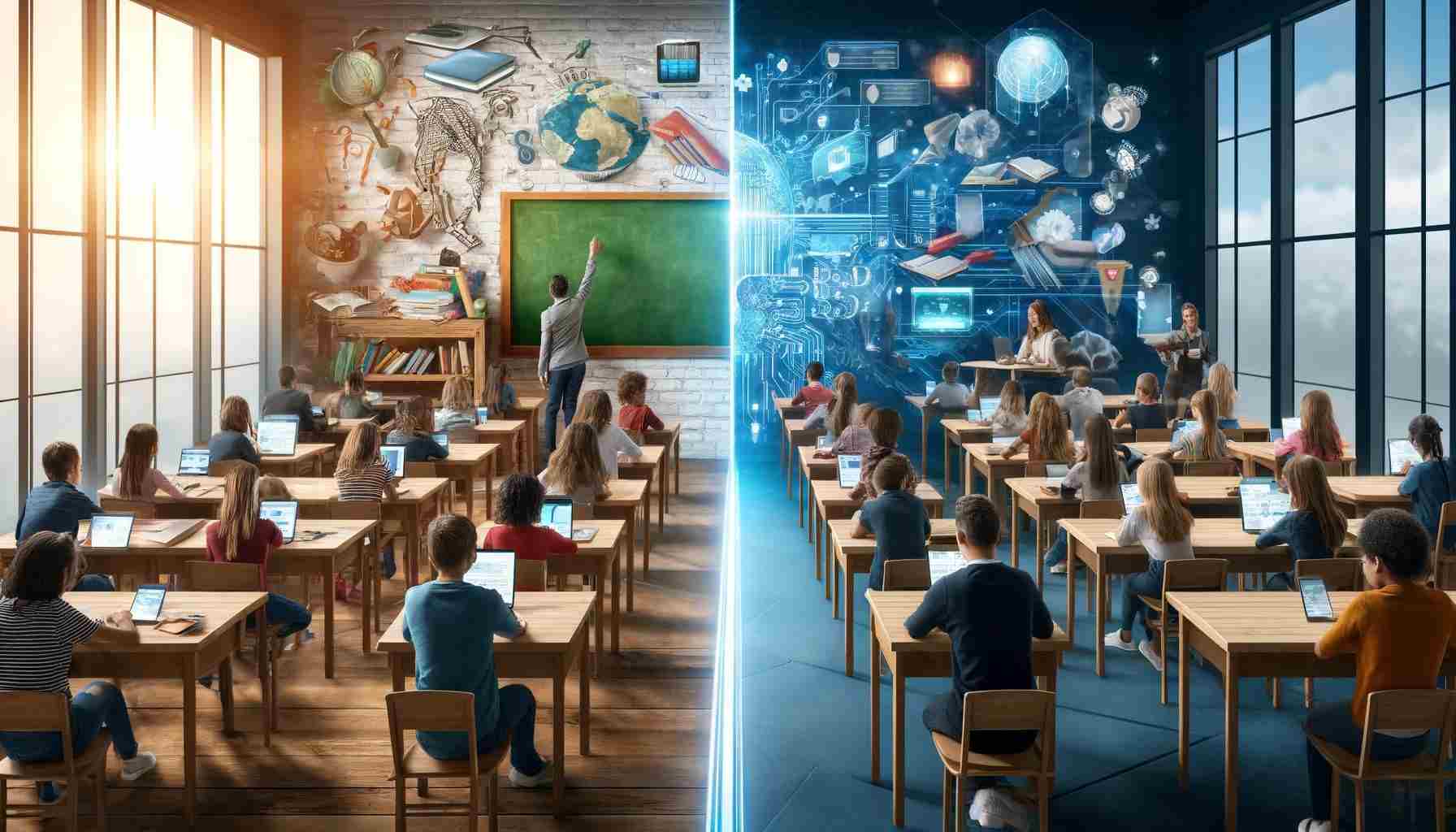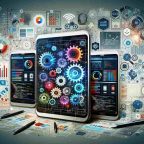As we go further into the 21st century, education keeps changing. It is influenced a lot by new technology and shifting societal needs. Online learning platforms have brought a new dynamic to education. They create both opportunities and challenges. These could redefine how we deliver education. At the same time, we are reimagining traditional learning environments. We are adding these new tools and methods. This suggests a future. The line between online and traditional learning is blurring.
The Integration of Technology in Traditional Classrooms
Traditional education involves in-person interactions in classrooms, standardized curricula, and direct school oversight. However, digital tech is changing the old educational experience. Tools like interactive whiteboards, student response systems, and AI-driven tutorial programs are common now. They improve engagement and personalize learning for students with diverse needs.
Learning Management Systems like Moodle, Blackboard, and Canvas are used in traditional settings. They support a hybrid model. In this model, online resources complement face-to-face teaching. This model promotes interactive learning. It is flexible and can cater to various learning styles and paces.
The Rise of Online Education
Online education has made access to knowledge fair. It lets millions worldwide study. Before, they couldn’t due to geography or money. Platforms like Coursera, Udemy, and Khan Academy offer courses. They cover topics from math to art. The courses are often taught by top experts in their fields.
Also, online education is not just for academic learning. It has become a key tool for professional development. For example, online platforms are great for preparing for the CCSP exam. Aspiring IT professionals can access many online resources. These include live tutorials, practice exams, and other materials. They are made to prepare them for this certification. The flexibility to study at one’s own pace is invaluable. It lets you revisit tough topics virtually. This is crucial in technical fields, where ongoing education and certification are vital.
Personalized Learning and Artificial Intelligence
A major trend in online and traditional learning is personalized education. AI technologies analyze student data and learning patterns. They deliver customized resources and assignments, suiting individual learning speeds and preferences. This ability boosts student engagement and improves learning by addressing gaps.
AI-driven analytics can also help teachers find areas where students struggle. This allows for timely help before students fall far behind. In traditional settings, this means teachers can provide more focused attention during classroom time. In online settings, AI can adjust the curriculum automatically. It ensures students get the support they need right when needed.
Challenges and Considerations
Online and traditional learning are integrating well. However, educators and policymakers must address several challenges. The digital divide is a big issue. Unequal access to technology can worsen educational disparities. Also, the quality of online courses can vary greatly. This variation may affect the reputation and perceived value of online education.
Also, online learning’s effectiveness depends on self-motivation and discipline, which vary among learners. Traditional schools provide structure, which many students still find necessary for success.
The Role of Educators
The role of educators is also evolving in this hybrid educational landscape.
Here is the rewritten output:
Teachers no longer just provide knowledge; they facilitate learning. They guide students through online and offline resources.
Teachers’ professional development must now include training in digital literacy and teaching technologies. They need these to fully utilize the benefits of both online and traditional methods.
Conclusion
Education’s future will likely involve seamless online and traditional learning. This mix of methods will make learning more accessible, engaging, and personalized. Specific fields, like IT security, require continuous learning and certification. Online resources for the CCSP exam show how to deliver effective specialized training.
As we move forward, education must keep adapting and innovating. It must ensure that all students have the chance to benefit from the best of both worlds, including students of all backgrounds and circumstances. The journey toward a fully integrated education system is complex and full of challenges. But the benefits to society could be huge. They promise a brighter future for all learners.
Zainab Afzal is a senior SEO Consultant and Writer. She has 5+ years of experience in Digital Marketing. After completing his degree in BS computer science, she has worked with different IT companies.



